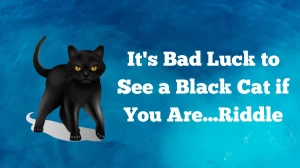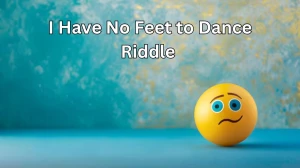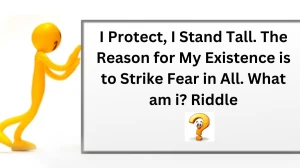The More You Take The More You Leave Behind, Who I Am? Answer Explained
by
Updated Jun 01, 2024

Imagine that you and your friends are enjoying a fun game where you have to guess something that is challenging. What a sad situation that is. Understanding the answer requires important thought, much like solving a riddle or brainteaser. In riddles, words are often used to describe objects in a creative or smart way, which requires the reader to use their imagination in order to answer the mystery. It feels like a little task to try to solve the puzzle. This indicates that a riddle is a difficult question with an exact answer that must be based on a difficult examination.
The More You Take The More You Leave Behind, Who I Am?
Imagine yourself walking on a dusty or sandy path. You leave a trace behind you each time you walk. Now observe what occurs while you continue to walk. You leave more footprints on the ground the more steps you take. Therefore, in some way, you leave more footprints or steps behind than you take.
This puzzle is clever because it forces you to rethink a seemingly easy idea. It encourages us to look at problems from multiple angles in order to arrive at the solution and is an enjoyable method to play with words and ideas. Therefore, the next time you go for a walk, keep this puzzle in mind and count the number of footsteps you can leave behind.
Hints
- Imagine a movement you make when you run or walk.
- After you move, you can see it on the ground.
- Imagine walking along a muddy path or a sandy beach. What traces do you leave behind?
- It's an illustration of your past travels.
- What are the marks or impressions that are left behind you on the ground?
Answer
The answer to the riddle is You take footsteps and leave footprints.
Answer Explanation
Steps are taken during a walk. You take a step every time your foot touches the ground. When you walk, your feet leave imprints on the floor. We say these traces are footprints. You leave more behind when you walk more than you do when you walk. Therefore, the more you give up footprints, the more you take steps.
Think about walking along a beach. You create a footprint on the sand with every step. There are more tracks left by longer walks. For this reason, the solution to the puzzle is footsteps. The puzzle provides a playful approach to thinking about the steps of walking and the pathway it leaves in its path




